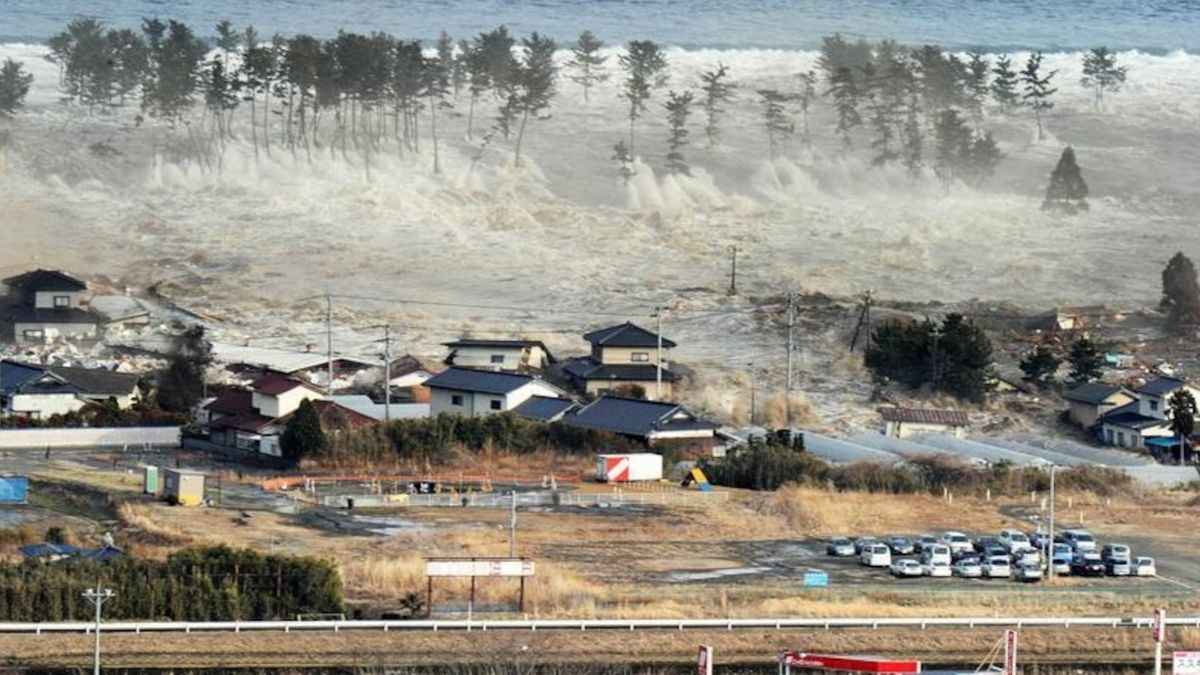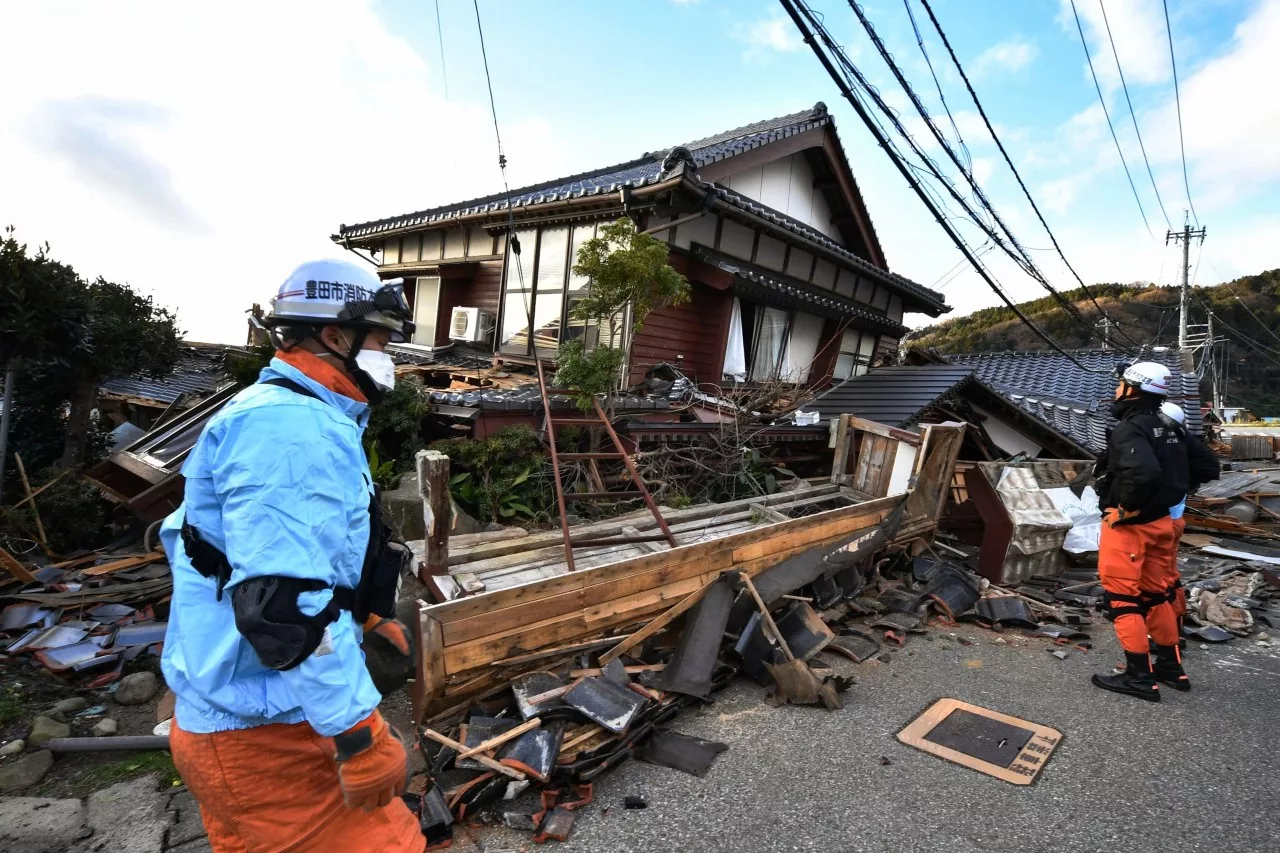Japan Earthquake & Tsunami Warning: Evacuation & Safety Protocols
Japan is a country prone to earthquakes and tsunamis, and as a result, the government has implemented strict evacuation and safety protocols to protect its citizens. When an earthquake and tsunami warning is issued, it's essential to act quickly and follow the recommended evacuation procedures to minimize the risk of injury or loss of life. In this article, we'll explore the Japan earthquake and tsunami warning system, evacuation protocols, and safety measures that can help you prepare for and respond to these natural disasters.
When an earthquake and tsunami warning is issued, it's crucial to remain calm and follow the instructions of local authorities. The warning system in Japan is designed to provide timely and accurate information to the public, and the government takes all necessary steps to ensure that everyone is prepared and safe.
The Japan Meteorological Agency (JMA) is responsible for monitoring seismic activity and issuing earthquake and tsunami warnings. The agency uses advanced technology, including satellite imaging and sensor networks, to detect earthquakes and tsunamis. When a warning is issued, the JMA works closely with local authorities, such as prefectural governments and emergency management agencies, to disseminate the information to the public.
There are several types of warnings that may be issued in Japan, including:
- Earthquake warning: This warning is issued when an earthquake is predicted to occur within a specific area.
- Tsunami warning: This warning is issued when a tsunami is predicted to occur due to an earthquake or other triggering event.
- All-clear warning: This warning is issued when it's safe to resume normal activities.
When an earthquake and tsunami warning is issued, it's essential to take immediate action. The following steps should be taken:
- Seek higher ground: Move to higher ground or a designated evacuation area as quickly and safely as possible.
- Stay away from the coast: Avoid the coast and move to an interior location, such as a building or a hill.
- Stay informed: Monitor local news and radio broadcasts for updates on the warning and any subsequent instructions from authorities.
Evacuation Protocols
The evacuation protocols in Japan are designed to ensure that everyone is safely relocated to higher ground or a designated evacuation area. The following steps should be taken:
- Know your evacuation zone: Familiarize yourself with your evacuation zone and the recommended route to take.
- Know the warning signs: Be aware of the warning signs, such as the evacuation sirens and the lights and sirens on the JMA's warning center.
- Stay with your family: Stay with your family and ensure that everyone is accounted for.
Safety Measures
The safety measures in Japan are designed to protect citizens from the effects of earthquakes and tsunamis. The following measures should be taken:
- Prepare an emergency kit: Assemble an emergency kit with essential items, such as food, water, and first aid supplies.
- Practice earthquake drills: Participate in regular earthquake drills to ensure that everyone knows what to do in case of an earthquake.
- Stay informed: Stay informed about the weather and seismic activity in your area.
Additional Safety Tips
The following additional safety tips can help you prepare for and respond to earthquakes and tsunamis:
- Install a smoke detector: Install a smoke detector in your home to alert you to fires caused by earthquakes or tsunamis.
- Practice tsunami drills: Practice tsunami drills with your family to ensure that everyone knows what to do in case of a tsunami.
- Stay away from windows: Stay away from windows and doors when an earthquake or tsunami warning is issued.
Special Considerations
Certain groups of people may require special consideration during an earthquake and tsunami:
- Infants and young children: Ensure that infants and young children are safely accounted for and placed in a secure location.
- People with disabilities: Ensure that people with disabilities are safely accounted for and provided with necessary assistance.
- Older adults: Ensure that older adults are safely accounted for and provided with necessary assistance.
Conclusion
Japan's earthquake and tsunami warning system is designed to protect its citizens from the effects of these natural disasters. By following the recommended evacuation procedures and safety measures, you can minimize the risk of injury or loss of life. It's essential to stay informed and prepared for earthquakes and tsunamis, and to take immediate action when a warning is issued. By working together, we can ensure that everyone in Japan is safe and protected.
Rami Malek Portiaoubleday
Who Isavid Muirs Wife
Paige Vanzantd Fans
Article Recommendations
- Loving Auntic Free
- Theez
- Kaitlyn Kremsd Pos
- Sam Kass Wedding
- Shanin Blaked
- Rita Coolidge
- Sophie Raind
- Damien Hurley Partner
- Dominic Purcell
- John Heilemann Illness



